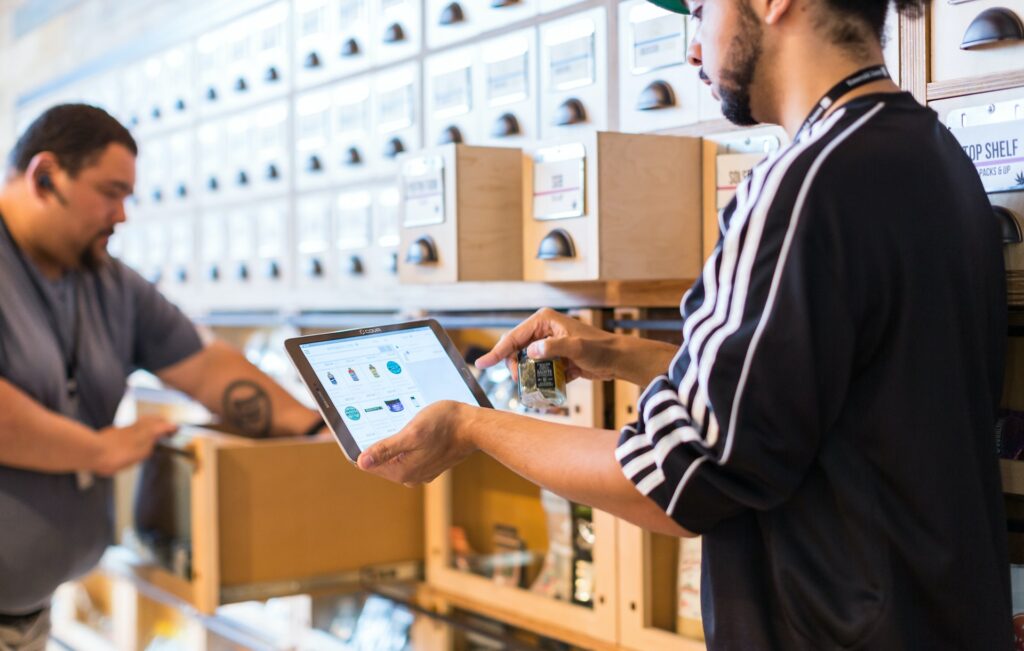
When you think about what makes a standout manager, technical expertise might be the first thing to come to mind. Of course it’s important for most managers to be masters of their respective fields, but in truth, it’s actually the soft skills—i.e. the interpersonal and intrapersonal abilities—that often set great managers apart.
Soft skills refer to the intangible, non-technical abilities that help someone interact effectively with others and lead them through the various complexities of the workplace. If you’re eyeing management jobs in the market, for example in a web design or SEO agency, having soft skills will not only help you get the position you want but also allow you to lead, motivate, and connect with your team on a deeper level.
Developing the following skills can make the difference between being just a manager and being a leader who inspires positive change:
1. Communication
Communication is at the heart of effective management. As a manager, you’re the bridge between your team and higher management, so you need to be able to communicate clearly to ensure that everyone is on the same page. This is a critical soft skill to have no matter if you’re explaining a new project, giving feedback to a subordinate, or resolving a misunderstanding.
To handle these situations successfully, it’s a must to practice active listening and seek feedback from others on how well you convey your ideas. It would also be good to engage in regular conversations with your team and try different methods of communication, such as written reports or verbal presentations, to see what works best.
2. Emotional Intelligence (EQ)
Being able to understand and manage your emotions is another important skill when you’re handling your own team. You need to have a high emotional intelligence (EQ) to be able to build strong relationships with the people you work with.
A manager with high EQ would recognize the signs of a team member who is struggling with a personal issue, for instance. They are also more likely to approach the situation with empathy and offer support—two things that can help the team member feel valued and strengthen their trust, both between you two and within the team.
Though some managers may be gifted with naturally high EQs, remember that it’s possible to enhance your emotional intelligence through practice. In that sense, you should think of your EQ as something to develop just like you would any other skill.
Start by reflecting on your own emotions and how they affect your interactions. Then, try to practice empathy by putting yourself in others’ shoes and actively considering their feelings and perspectives during conversations. It may take you some time to improve upon this soft skill, but the payoff will benefit both you and everyone you’ll work with in the long run.
3. Problem-Solving
People in management positions are often faced with challenges that require quick and effective solutions. Let’s say that a project is running behind schedule due to unforeseen issues. In these situations, managers are expected to be able to analyze the situation, consider sound alternatives, and implement a solution that can quickly prevent a minor setback from becoming a major problem.
Strong problem-solving skills will enable you to weather through such hurdles with confidence. You can develop this skill by, first and foremost, approaching challenges with an open mind and breaking down complex issues into more manageable parts. It would also be a good idea to regularly engage in exercises that require creative thinking and brainstorming, such as completing puzzles or scenario planning, so that you can constantly level up your problem-solving skills.
4. Time Management
Managers are also expected to balance multiple responsibilities while ensuring that their deadlines are met. To successfully meet this expectation, you need to have excellent time management skills. This means being able to set priorities, delegate tasks appropriately, and maintain a balance between achieving your short-term goals versus your long-term goals. In addition to developing your discipline and speed, you can improve this soft skill by learning how to use planning tools like calendars and task management apps to your advantage.
Once you’re tasked with overseeing a project with a tight deadline, you must allocate time for planning, execution, and review, all while managing your regular duties. But if you can truly become a master of time management, you’ll be considered an invaluable asset to your company for your ability to engineer a less stressful work environment for both yourself and your team.
5. Adaptability
In today’s hypercompetitive business landscape, adaptability is more important than ever. As a manager, you need to be flexible and open to change, be it adjusting to new technologies or to shifting priorities in your workplace. Building up the soft skill of adaptability will enable you to smoothly and effectively lead your team through transitions and maintain productivity and morale, even in the face of (often frightening) change.
Develop adaptability by actively seeking out new experiences that push you out of your comfort zone. It’s also a must to stay informed about new trends and evolving best practices in your industry so that you can adjust your strategies or approaches as needed.
6. Decision-Making
Effective decision-making involves critical thinking, the ability to properly assess risks, and the ability to make necessary calls even in the face of high pressure. All good managers need this soft skill, as they are often required to make tough decisions that can impact both their immediate team and the organization as a whole.
To perform well in this position, you’ll need to make a habit of gathering relevant information before making choices and considering the potential outcomes. Practice making decisions under pressure as well through role-playing scenarios or by reflecting on past decisions to identify areas for improvement. Doing so will eventually make it easier for you to choose according to what aligns with your organization’s goals and the well-being of your team.
7. Conflict Resolution
Conflicts are inevitable in any workplace, even a healthy one. As a manager, your ability to resolve them will be key to your professional development. Conflict resolution skills involve mediation, active listening, and finding common ground. It can be especially tough to build these skills in stressful situations, but a manager who can remember that conflict isn’t the end of the world will be a long-term asset to any company.
Whenever a disagreement arises, help resolve it by facilitating a conversation that can help opposing parties understand each other’s perspectives and reach a compromise. Managing conflicts in this manner will help you maintain a positive work environment and prevent small issues from escalating into larger, more complex problems.
Again, soft skills can be natural talents to some, but to every professional who wants to reach a managerial level in their job, they must be thought of as things to be learned, practiced, and continually developed. As you grow in your career, make a conscious effort to strengthen these skills, and you’ll be well-equipped to make a significant impact on any organization you work for.





















Latest comments